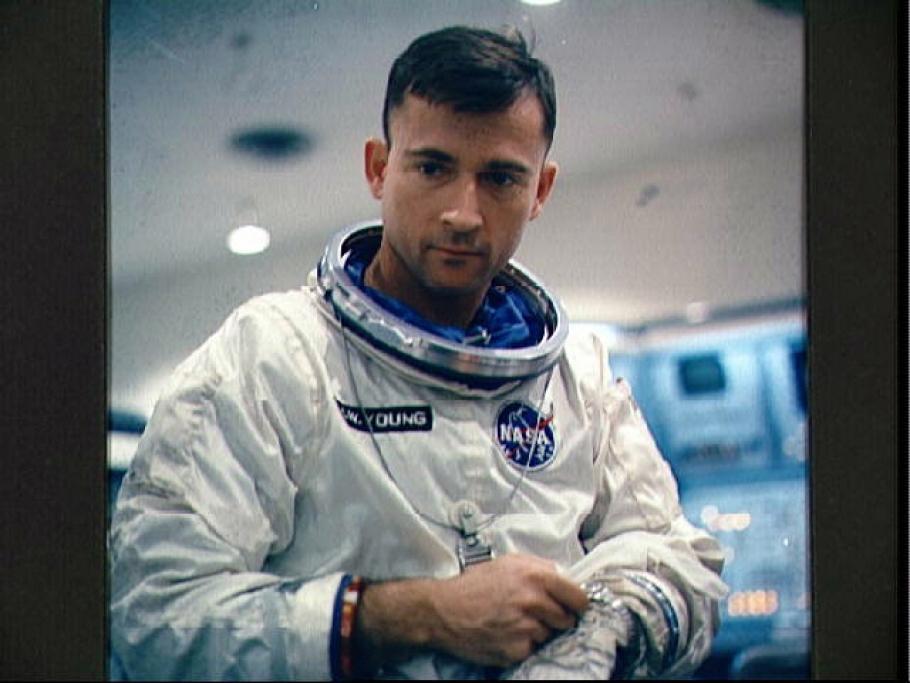Gemini 3 was the first manned mission of Project Gemini, which aimed to launch a series of two-man spacecraft to test long-duration missions, rendezvous and docking between two space vehicles, and EVA or "spacewalking." Command pilot Virgil I. "Gus" Grissom and pilot John Young were launched from Cape Kennedy on March 23, 1965, atop a Titan II launch vehicle. Because Grissom's Mercury spacecraft, Liberty Bell 7, had sunk at the end of his 1961 suborbital mission, he unofficially named Gemini 3 for the "Unsinkable Molly Brown" of Broadway musical fame. The crew successfully completed the planned 3-orbit mission in just under 5 hours. Their primary objectives were to test the basic systems of the Gemini spacecraft and make the first orbit-changing maneuvers in space.
After the mission, the Gemini 3 capsule was used for testing in the military Manned Orbiting Laboratory program before being given to the Smithsonian in 1970.
Display Status
This object is not on display at the National Air and Space Museum. It is either on loan or in storage.
Object Details
Country of Origin
United States of America
Type
SPACECRAFT-Crewed
Astronaut
John W. Young
Virgil (Gus) I. Grissom
Manufacturer
McDonnell Aircraft Corp.
Dimensions
Overall: 130 in. tall x 89 in. wide (330.2 x 226.1cm)
Other: 130 in. (330.2cm)
Support (at base): 89 in. diameter (226.1cm)
Materials
Structure: Titanium; cylindrical section: beryllium alloy; conical section: Rene 41 (nickel-steel alloy); heat shield: silicone elastomer
Skin: Beryllium, Nickel Alloy
Inventory Number
A19710063000
Credit Line
Transferred from the National Aeronautics and Space Administration
Data Source
National Air and Space Museum
Restrictions & Rights
Usage conditions apply
For more information, visit the Smithsonians Terms of Use.

